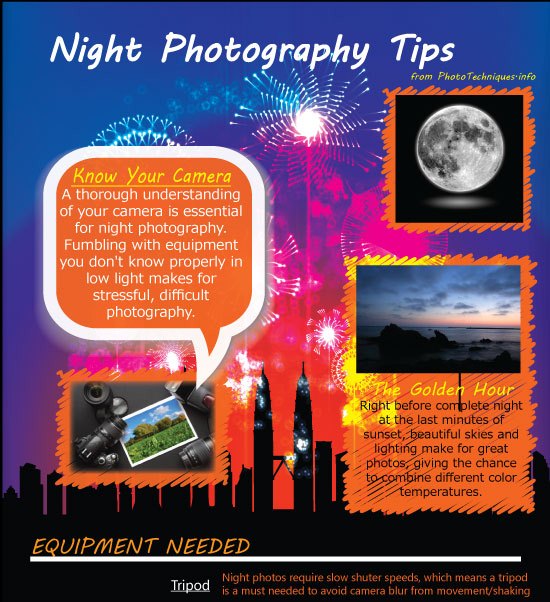What Every Photographer Should Understand About Illumination
What Every Photographer Should Understand About Illumination
Blog Article
Content Produce By-Greenwood Isaksen
As a professional photographer, you know that lighting can make or damage your photos. Understanding the nuances of both all-natural and synthetic light is essential for catching the state of mind and quality you aim for in your work. Whether you're chasing the perfect golden hour glow or tweak your man-made configurations, understanding these elements can elevate your digital photography considerably. However there are common pitfalls that many forget, and identifying them can change your technique to every shoot. Let's explore what you might be missing and just how it can influence your outcomes.
Recognizing Natural Light
Recognizing natural light is vital for any kind of digital photographer seeking to enhance their job. It's the structure of fantastic photography, influencing mood, tone, and clarity. When you fire outdoors, pay attention to the time of day. The gold hour-- quickly after sunrise and before sundown-- supplies soft, cozy light that can change normal scenes right into magnificent pictures.
Don't underestimate the power of overcast days. Cloud cover diffuses sunshine, developing a soft, even light that's best for pictures and macro photography. You'll discover colors pop in this type of lights without severe shadows.
Positioning matters, as well. Always consider your topic's alignment to the light. If the sun's behind your topic, you might wind up with a silhouette, which can be remarkable however mightn't be what you desire. On the other hand, straight sunshine can produce uncomplimentary shadows.
Try out angles; often, transforming your point of view can generate incredible results. Usage all-natural reflectors, like water or sand, to jump light onto your topic, including measurement.
Learning Artificial Light
Mastering artificial light is vital for photographers that want to take their skills to the following degree. Whether Best professional photographer near me utilizing speedlights, studio strobes, or constant lights, understanding exactly how to adjust these resources can drastically improve your images.
Begin by acquainting on your own with the essentials of light top quality, instructions, and shade temperature. Trying out different modifiers like softboxes, umbrellas, or grids to manage the gentleness or harshness of the light.
You'll discover that soft light usually creates flattering results, while harsher light can include dramatization and depth. Don't avoid darkness; they can enhance the three-dimensionality of your subjects.
Pay attention to the placement of your lights. A light positioned as well close to your subject can develop uncomplimentary results, while too far away can result in a lack of detail. Make https://www.techradar.com/uk/how-to/52-photography-projects-a-great-technique-to-try-every-week-of-the-year of a light meter or your video camera's histogram to guarantee you're exposing correctly.
Last but not least, keep in mind that synthetic light can be mixed with ambient light for creative effects. Balancing these resources may take method, once you master it, your digital photography will really radiate.
Methods for Different Circumstances
When you enter various shooting circumstances, adjusting your illumination strategies is critical for recording the best photos. For exterior portraits, utilize the gold hour-- morning or late afternoon light-- to soften shadows and enhance skin tones.
If it's an extreme noontime sun, consider using a reflector to jump light back onto your subject or look for shaded areas for a more even direct exposure.
In https://blogfreely.net/scotty5luise/important-photography-equipment-what-you-truly-need-to-get-going -light circumstances, like indoor events, boost your ISO and make use of a wide aperture to allow in even more light. A tripod can assist eliminate camera shake, enabling longer direct exposures without obscuring.
If you're contending night, try out off-camera flash to develop dynamic lighting and deepness in your photos.
For product digital photography, make use of diffused lights to stay clear of rough reflections. Softboxes or light tents can aid accomplish this result.
When photographing landscapes, consider the instructions of light and time of day, as it can dramatically transform the mood of your shot.
Constantly prepare to change your setups and positioning based on the circumstance, as flexibility is key to understanding lighting in digital photography.
Conclusion
To conclude, grasping illumination is crucial to boosting your digital photography skills. Accept all-natural light's appeal during golden hour, and don't shy away from explore man-made light methods. By adjusting your technique to different scenarios, you'll capture stunning pictures that reverberate with feeling and clearness. Remember, the best lights can change an ordinary shot into something extraordinary, so keep exercising and improving your understanding of both all-natural and fabricated light. Happy capturing!
